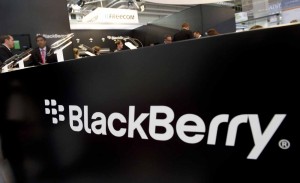How does the concept of shared value relate to the plans for the Enbridge Pipeline to take place? Where does the boundary lie between generating natural resources to good use and helping the environment? An insightful blog post showing the relation between the two caught my attention and caused me to examine the relationship shared value has with a project of this magnitude. The post commented on how different perspectives of the project would have different views. If we solely focus on the people living in the Alberta community, the pipeline project would increase employment and provide their community with an economic boost. But does this directly correlate with shared value? The answer is no, while the pipeline project would benefit the local community it would be disadvantageous to the Canadian economy as a whole. The pipeline project is projected to cause an increase in the price of oil and causing a serious impact on the country. Another factor to take into consideration is the severe environmental implications this project will have.
While the concept of the Enbridge pipeline seems beneficial to the local community, this is just a short term strategy to provide a quicker way of transporting oil and provide more employment. For the project to succeed it needs to implement the concept of shared value and fully evaluate all the aspects. For this to take place, the goals and benefits provided for individuals has to be beneficial to the economy as a whole.





Recent Comments